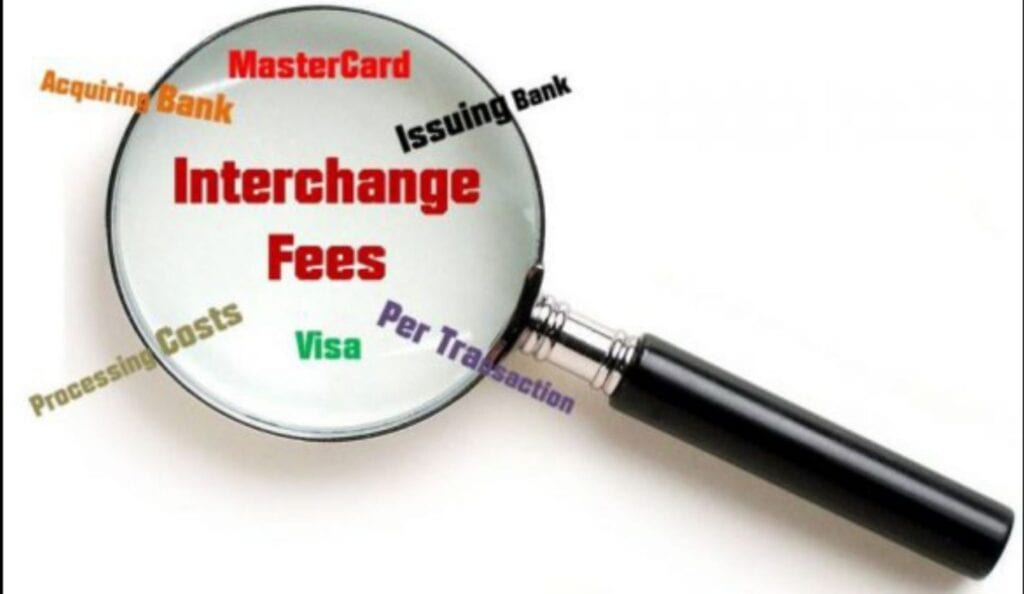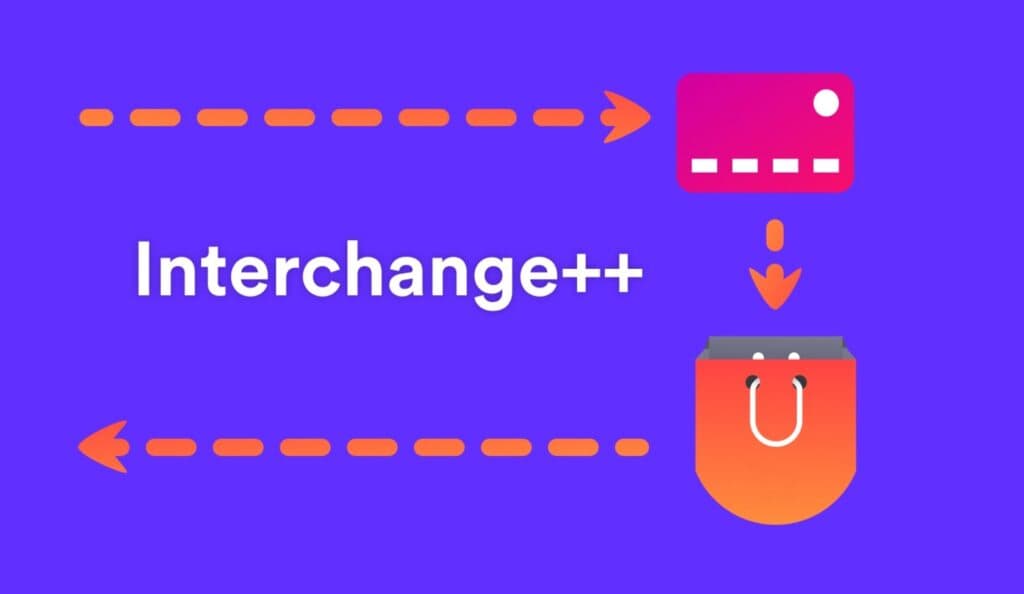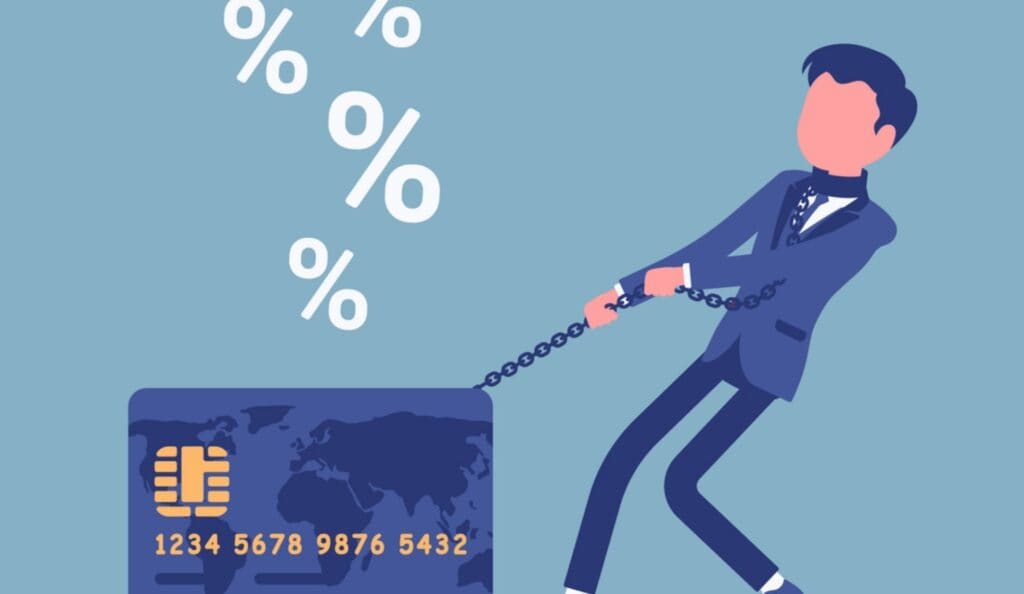
By angana February 25, 2025
Today, the importance of credit card processing rates cannot be overstated. Therefore, businesses need to find ways to manage costs, enhance profitability, and provide a seamless customer payment experience. In this guide, we will dissect the landscape of credit card processing rates in the United States, complete with favorable rates and factors that may weigh against them. Concerning these situations, the guide suggests usable strategies for traversing the credit card processing sphere and also caters to experienced entrepreneurs as well as novice small business owners.
Credit card processing fees on average range between 1.5 percent and 3.5 percent per transaction, depending on multiple considerations. It becomes important that these fees are understood and reduced by a business owner who wants to accept credit as payment. Can the fees be passed along to customers? Can the rates be negotiated down? Which fees are higher than Mastercard, Discover, and American Express.
What is a Good Credit Card Processing Rate?

The credit card processing rates in the United States average between 1.5% and 3.5% per transaction, irrespective of the factors that may adjust these rates. Processing fees for debit cards could just as well fall below that charged for credit cards, whereas in-person transactions harbor less risk of fraud. Some industries may be charged higher or lower depending on transaction risk and volume. The average processing rate hovers around 2.24%, while in practice, it ranges from 1.15% to 3.15%. Therefore, merchants pay much lower fees for processing debit card transactions, and consequently, convenience fees are more readily apparent to consumers using credit cards.
What’s A Credit Card Processing Fee All About?
Credit card processing rates can be construed as the charges that merchants must incur to accept card payments. Usually, these rates are tied to the transaction amounts and differ according to various parameters. Some of the parameters that govern such rates include the type of credit card used, the payment network utilized, and the merchant category code (MCC).
A customer using a credit card for a purchase incurs a service fee for the business. These fees can vary depending on the exact cards being accepted and consist of three different layers of charging to understand for the merchants on how to manage their payment processing fees.
Components of Credit Card Processing Rates

Interchange Fees
These interchange charges are set by major networks such as Visa, Mastercard, Discover, and, of course, American Express. These would be the fees that these networks pay to the banks that issue the cards. The amount may vary with the following parameters and conditions, including the type of card, for instance, whether debit, credit, or rewards; whether physical or online trade; and the merchant’s specific industry category.
Assessment Fees
What these refer to as assessment fees is probably just a little lower than what they would charge as interchange fees because that is a percentage of the transaction amount. Assessment fees are those fees that credit card networks charge to use their payment systems, and these are nowhere near as high overall as interchange fees, which are usually more significant in percentage.
Processing Payment Fees
Other charges have technologies used to process payments. These are long-term and consistent over time but not one-off. Fees vary depending on the processing company, such as monthly or annual account fees, rental of equipment, withdrawal fees, statement fees, and many others. It is wise to look out for all these possible charges when choosing a payment processing company as these fees can add quite a bit to the total cost.
Average Interchange Fees For Credit Card Transactions.

What Factors Decide Interchange Fees?
Interchange fees are determined by several major factors that differ as per payment network. Merchant category is one since every business type assigned MCC (Merchant Category Code) defines the interchange. For example, grocery stores and restaurants will have their interchange fees based on the code assigned to that particular facility.
Another major consideration is the type of credit card to be used for the transaction. The more beneficial cards with travel rewards and purchase protections generally incur higher interchange fees. For example, a World Elite Mastercard would incur higher fees than a standard Elite and similarly, more expensive fees would apply to a Visa Signature Preferred compared to a regular Visa Signature Card.
Last but not least, the mode of processing on the card determines interchange fees: how a card is processed-swiped, inserted, keyed-in, and card-not-present has a great deal to do with different fees as fraud risks are also different. For example, card-not-present transactions, such as Internet purchases, usually run a higher risk for fraud and chargebacks, thus bearing higher interchange fees for such transactions.
How Frequently Do Payment Networks Change Their Interchange Fees?
Generally, these networks change their interchange fees every year, but this does not necessarily mean there will be a rise in rates. For instance, Visa and Mastercard did not change their fees during 2020 and 2021 because of COVID-19; however, they announced adjustments in 2022. They also committed to lowering swipe fees annually over the next three years, as one of the settlements from the class action lawsuit. Retailers, however, fear that Visa and Mastercard will hike network assessment fees to compensate for reduced swipe fees.
They are the fees retailers pay to the card-issuing bank but not to an acquiring bank, and, the network assessment fee, on the other end, is the fee imposed by card networks on the retailer’s acquiring bank for their service. Credit card processing fees are complicated things. They change depending on the kind of merchant, the credit card being used, and whether the transaction is face-to-face or online. Merchants could hardly pay as much attention to the overall effects on costs for their businesses because the effects could be offset and, therefore, so easily understood: increases in certain fees while decreases in others.
What are the Various Pricing Structures for Processing Fees?
The processing fees charged by credit card companies vary among the major networks, and they also differ from one merchant to another based on a particular pricing model or payment structure. Basically, the payment card processing fees differ from one merchant to the other based on the pricing model the merchant chooses. Each merchant would have to select a model that meets its individual needs, and these models also determine the fee for processing transactions. Therefore, it becomes important for businesses to understand these options to keep costs in check.
Interchange-Plus Pricing
It separates interchange fees and assessment fees from the processor’s markup, which leads to better transparency for businesses. With that, companies can have clear visibility into the specific fees that they incur, thereby rendering understanding of costs incurred while payment processing more convenient. The purpose of this ambiguity is to make it easy for organizations to make prompt and improved decisions in choosing payment processing.
Flat-Rate Pricing
These fees can also be charged as a flat percentage on all credit card transactions, irrespective of the type of card used for payment or the amount being charged. This model is straightforward enough for the easy budgeting of costs, and predictably hounds businesses, but might not be the best for companies with many transactions since it could prove to be costlier than other models in the end.
Subscription Pricing
Merchants, in turn, will require a fixed monthly payment along with a nominal transaction fee, and this model comes into play when it comes to buying a substantial number of transactions since that reduces most of the overall costs through having lower percentage fees. It would mean that he’s greatly saving on this technique for those doing high volumes of business.
Tiered Pricing
Transactions fall under three categories: qualified, mid-qualified, and non-qualified, and each has its fee schedule. This sort of tier-based structure can be quite complicated and lacks transparency. Thus, it becomes hard for businesses to understand the exact transaction fees incurred. These categories are very important for businesses, as they would be able to manage their costs later.
Lowering Credit Card Processing Fees

Credit card processing fees vary and with some tricks and tips up their sleeve, businesses can bring those down and mitigate their effects on profits.
Negotiating
To negotiate and possibly lower credit card processing fees effectively is negotiating with the payment processor. Pushing through the transactions may finally be worth standing, and negotiation could yield lowered rates. Alternatively, businesses can lower rates in a month for a given number of transactions. Negotiating is aided greatly by good rapport with processors and a consistent flow of transactions coming through their systems.
Swiping
Minimizing non-live card transactions can be a critical step in cutting processing fees. Paying with a physical card is viewed as a far lesser risk than online or manually entered transactions, for these latter transactions leave room for potential fraud. Fewer invalid transactions from both parties’ views would mean a reduction of risk, which could potentially invoke a resulting decrease in processor fees.
Address Verification Service
AVS stands for Address Verification Service, which corresponds the cardholder’s billing information to what has been submitted on the issuer’s file. This additional safeguard helps reduce fraud, and many processors offer merchants a discount on their interchange rates when AVS is in use. Using AVS is an easy way to save on processing fees whilst increasing security during the transaction.
Following these fortifies the hand of businesses to negotiate on credit card processing fees and potentially bring them down for the improvement of profits. And this, in itself, becomes possible with updated knowledge assertive negotiation with processors, and tweaking of transactional routes for some huge savings.
Credit Card Companies Charge Merchants A Fee, But What Is The Actual Amount?
Credit card payments are one of the most expensive means of payment for companies, as they have many fees deducted from their total amount. Debit cards can also attract some fees, although they tend to be slightly lower. Other non-negotiable credit card network charges include interchange fees (which vary from 1.10% + $0.10 to 3.15% + $0.10 per transaction) and assessment fees (from 0.14% to 0.17% per transaction).
Such charges depend on factors like Merchant Category Code (MCC) and the kind of credit card used. Another portion would be kept by the payment processor, except when a flat rate is chosen. With the ever-increasing tendency of people to use credit cards, businesses still have to incur processing fees to the card issuer and the payment processor. It helps businesses price their products correctly to make profits from each sale once they understand these costs.
What Is The Impact Of Credit Card Swipe Fees On Consumers?

Over the years, retailers have tried to add surcharges with credit card purchases, intending to transfer swipe fees onto consumers. According to the National Retail Federation, such fees are costing the average American over $1,000 a year.
However, large retailers and credit card companies argue that the processing fees are required to keep the credit card rewards and fraud protection costs in place. Credit card surcharges are illegal in Massachusetts and Connecticut, but in 2013, a class action lawsuit freed states to allow merchants to charge customers an extra fee to offset processing fees. With Visa and Mastercard preparing for yet another fee increase and ongoing debates on legislation seeking limits on swipe fees, this is far from over.
Conclusion
For businesses that seek to keep costs in check for a more profitable return, understanding credit card processing rates has become imperative. Merchants incur transaction fees ranging anywhere from 1.5% to 3.5% and must therefore scrutinize all parameters that affect costs in these settings such as the type of card, method of transaction, or pricing models. Depending on the pricing model they select, interchange-plus, flat-rate, subscription, or tiered pricing, these businesses would have a better grip on their expenses and transparency regarding their finances.
Additionally, it is possible to reduce the cost of credit card processing fees and risks by negotiating credit card processing rates with processors, minimizing card-not-present transactions, and making use of Address Verification Services (AVS). As credit card networks make periodic changes in the interchange fees thus keeping abreast of changes within the industry and developments in payment processing best practices is pretty much a necessity.
Managing credit card processing in an anticipatory manner can set off an efficient and economical payment system for businesses, which will be a boon to the customers as well.